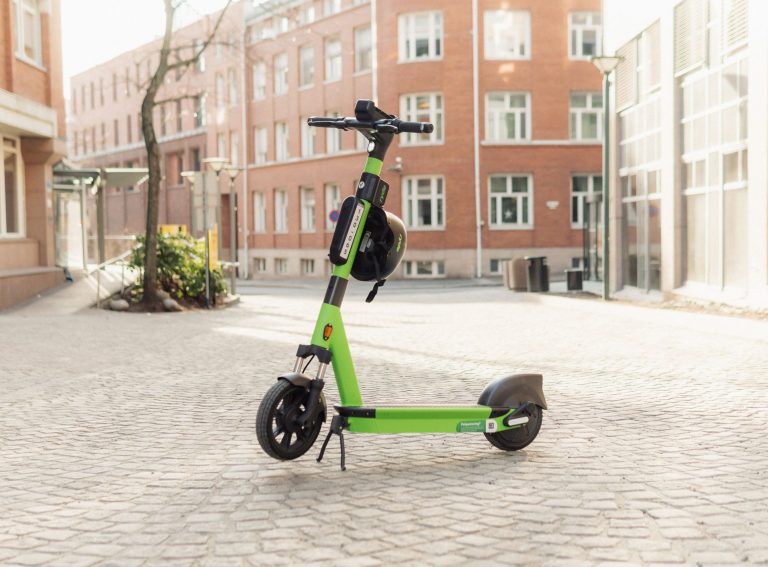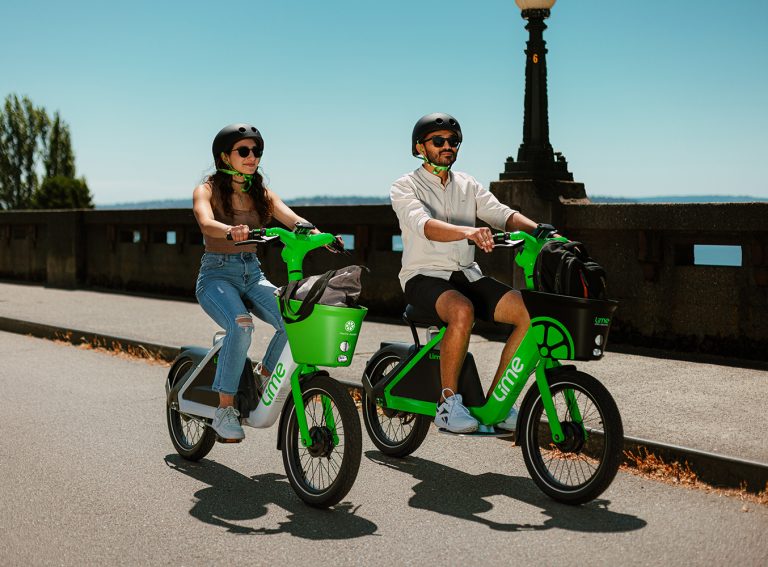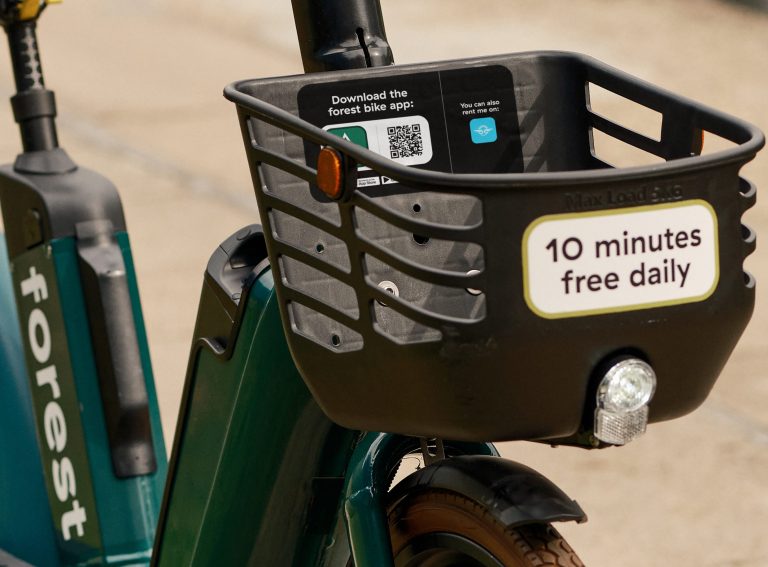Global consulting firm McKinsey & Company has revealed at COP29 that over a quarter of current electric vehicle owners are considering switching back to an internal combustion engine (ICE) vehicle.
The finding was presented as part of a panel session organised by the firm which discussed the barriers that are slowing green mobility progress.
In COP29’s host city of Baku in Azerbaijan, the session explored how macroeconomic factors, reduced investment and ongoing profitability challenges are causing a slowdown. It then turned to the actions that business leaders should take to re-accelerate the transition to green mobility.
“In a survey of 36,000 people across the globe, McKinsey asked the question to current electric vehicle owners: are you likely or very likely to switch back to an Internal Combustion Engine (ICE) car?” McKinsey’s Senior Partner Philipp Kampshoff told the audience.
“It was very surprising to see that 29% of those people said they are considering switching back from an EV to an ICE car.”
Philipp said there are two main reasons that EV drivers may be thinking of switching back. The first is charging infrastructure and dissatisfaction with the charging experience. Second is an owner’s total cost of ownership.
On total cost of ownership, Philipp said that while consumers aren’t looking for a perfect balance sheet that comes with their electric vehicle, they are confronted with blunt financial realities of owning an EV today.
These are a higher initial purchase price compared with an ICE car, and higher monthly insurance premiums. While fuel or energy costs are arguably cheaper for EVs compared with ICE cars, one of the biggest turnoffs is the difference in resale value between the two.
“This is where we’ve seen the biggest hit in the last 12 months,” Philipp said. “People have realised after they’ve bought an electric vehicle that they’ve lost a lot of the resale value over this time frame.”
Philipp recited that after two years in the US and assuming a mileage of 10,000 per year, the residual value loss is around 22% for an ICE car. For an EV, it is 43% – or a 20% point difference between a battery electric vehicle and an ICE car after two years.
“If you pay $50,000 for your car, then that’s a $10,000 difference and this is why we’re seeing some customers feeling very frustrated with the EV experience.”
Moving away from the challenges faced by consumers, McKinsey Partner Patrick Hertzke turned the attention to the challenges faced by the electric vehicle industry. Patrick said that for automakers, suppliers, and other players in the value chain of energy and mobility, the last eighteen months have been a rough period due to uncertainty, tariffs, cost increases and increased competition.
“Automakers right now are pushed and pulled in terms of whether they become more regionally focused or if they continue to remain globally positioned. Do they stay in markets which are becoming increasingly less profitable or do they pull out?
“We expect this to be a big topic of conversation in the next couple of years, especially for automaker suppliers that are heavily exposed to Europe or US markets. How do we get costs down, and how do we protect our margins in an increasingly challenging environment?”
Nevertheless, Patrick said the last 20 years have actually been one of the most “sustained” periods that’s been in positive territory for both suppliers and OEMs, and McKinsey is still generally optimistic about the broader transition to more sustainable transport.
One of the biggest reasons for this optimism is the cost of batteries which have decreased 10 times compared with where they were 15 years ago, and another is an increased amount of private funding for charging networks.
Investing in disruptive technologies
Patrick and Philipp were joined by a panel of private mobility players in the second half of the session who discussed how to attract investment for disruptive mobility technologies.
Robert Tichio who is CEO of the green energy investment accelerator platform Fortescue Capital said that investment is one of the hardest categories to navigate in the mobility space.
He told the panel that a zero-interest rate environment, particularly post-pandemic, saw an influx of risk capital in low-carbon and mobility technologies and very few had shown returns on investment. Therefore, he calls on mobility players today to present a de-risked and compelling use case if they’re to attract investment.
“You need to be able to chart for investors not just theory but supply chain partners who want to see the application of your solution and are willing to put their own dollars and orders behind it. Then you can absolutely get investors interested.”
Nevertheless, Robert forecasts it will be some time before investors are willing to place the same kind of bets on disruptive technology that they were willing to four years ago, and attributes this reality to “the echo from the boom” that occurred during a low interest rate environment.
Nicholas Mazzei, Vice President of Sustainability Europe at multinational logistics company DP World, gave insight from his customers and whether companies today are willing to pay for sustainability.
He said that for a long time commercial and operations teams have only needed to worry about hitting commercial targets. But now, these teams are expected to ask businesses to also focus on decarbonisation, sustainability, water, communities, human rights while also making sure their businesses are more inclusive.
“There’s a whole plethora of activities we’re now asking business leaders to do that we weren’t really demanding of them 15 years ago, 20 years ago, or maybe even five years ago.”
Therefore, Nicholas said sales teams should approach customers in the right way if they’re to be encouraged to buy something that’s more expensive.
“You’ve got to be smart and think about solving the customer’s problem. And you’ve got to go for those customers that will go first. Some of them will wait until 2035 and some of them are already demanding it of us in areas where we don’t have the service running.”
Allyson Anderson Book, Chief Sustainability Officer at global energy technology company Baker Hughes, agreed that the pitch itself matters when trying to get customers to buy sustainability products.
“What comes up over and over again is that some progress was happening on the energy transition, but just as it started to gain traction the EU came out with aggressive reporting requirements. This was a scramble for all of us in the private sector.”
As a result, Allyson said the shift in capital has “regrettably” moved from investing in capital-intensive projects to digital projects in order to comply with regulation.
“Therefore, how we approach the customer makes all the difference,” she told the panel. “That means taking your conventional people and teaching them how to sell on the merits of a product being low emission.”
A magic wand
The panel also explored the “emotions” of disruptive mobility technologies such as why electric vehicles are seen as less masculine, as well as the politicisation associated with the subject as a whole.
To end, the panellists were asked: “If you had a magic wand, what would be the one thing that would accelerate the mobility disruption?”
“A carbon tax,” Robert said.
“Long-term planning of a large-scale transition,” Nicholas added. “See the numbers so we can reduce the cost.”
Allyson ended the session with: “As someone that sees grid disruption wherever we have operations, I’d like to see better grid systems in the places we want to electrify.”




